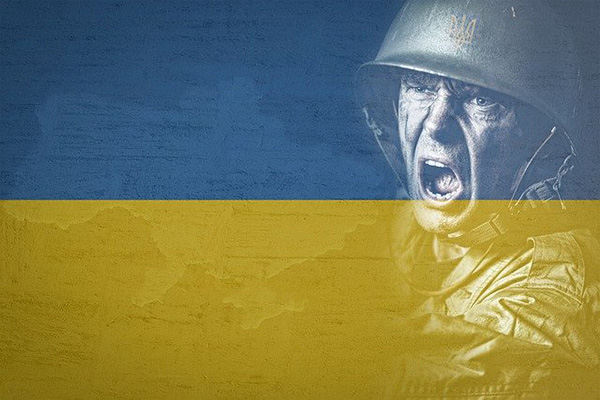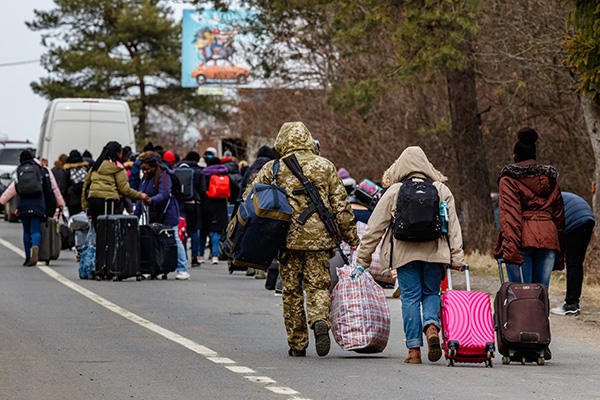
Is the war in Ukraine influencing central bank monetary policy?
by Christophe Blot The end of 2021 was marked by growing concern among central banks about inflation[1]. As pressure on prices intensified with Russia’s invasion […]

by Christophe Blot The end of 2021 was marked by growing concern among central banks about inflation[1]. As pressure on prices intensified with Russia’s invasion […]

by Gregory Verdugo An unprecedented crisis Since the war in Ukraine started, unprecedented numbers of refugees have poured across the country’s borders. As of 15 […]

par Gregory Verdugo Une crise inédite Depuis le début de la guerre en Ukraine, un nombre inédit de réfugiés ont afflué aux frontières du pays. […]
Copyright © 2025 | Thème WordPress par MH Themes